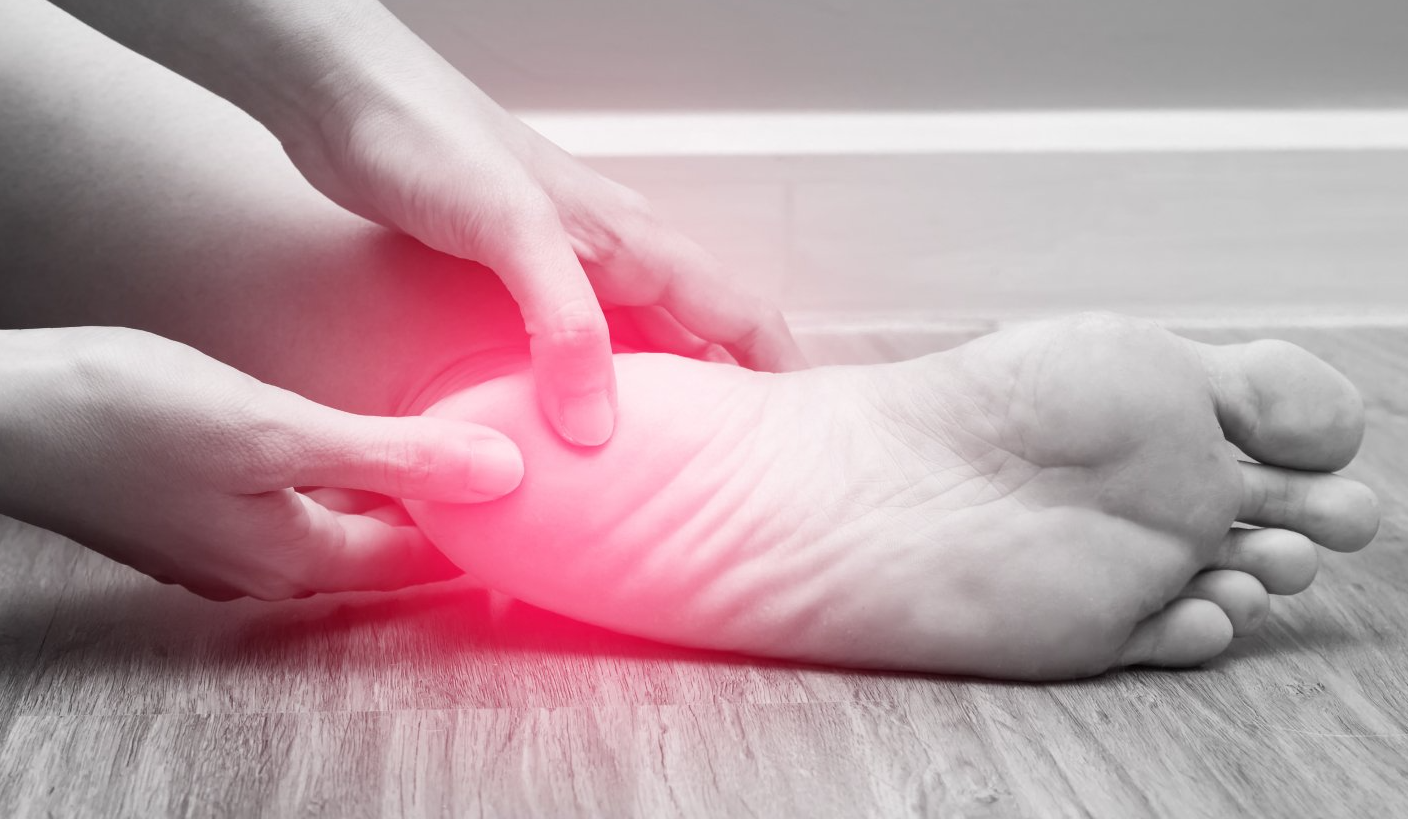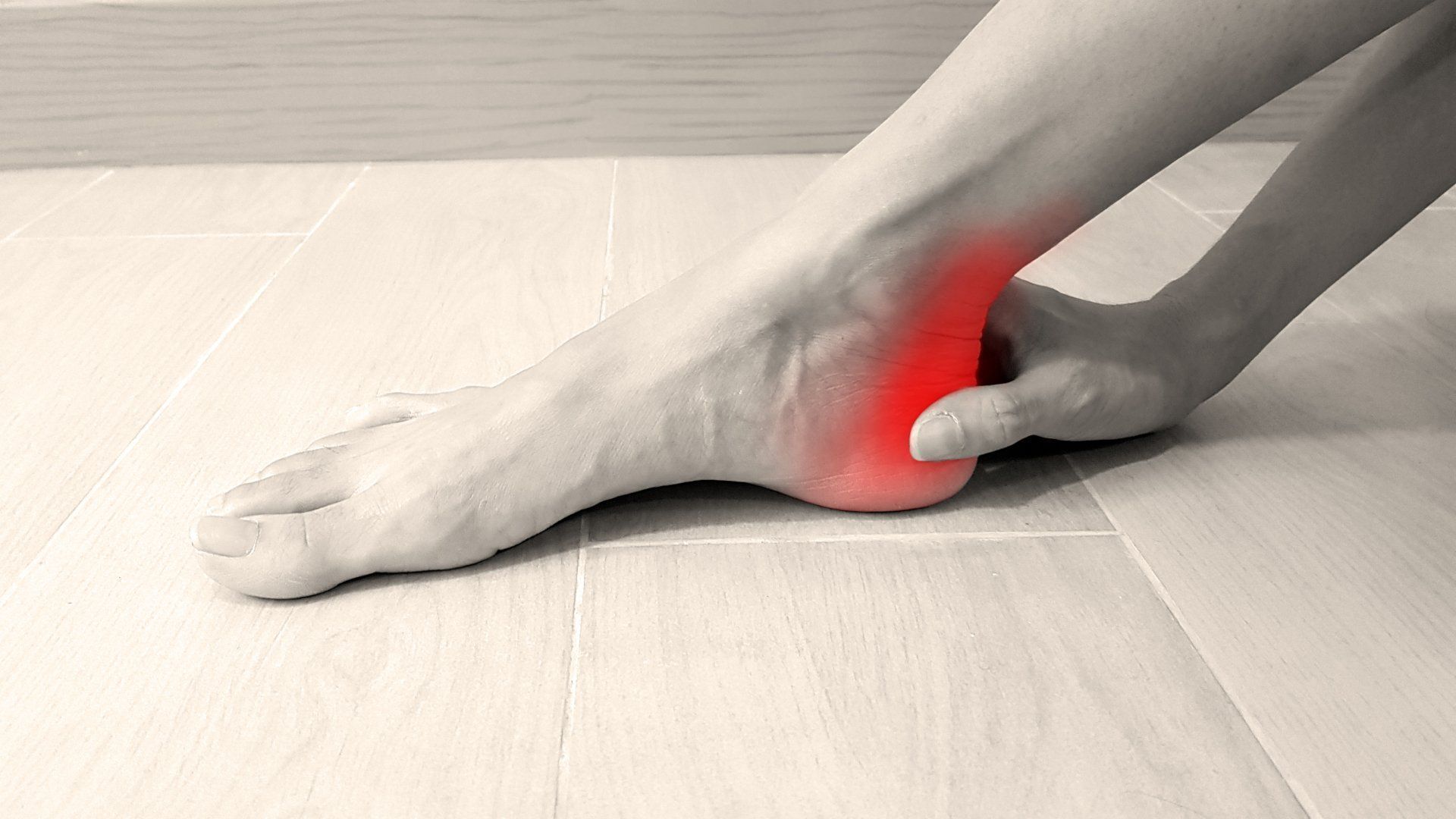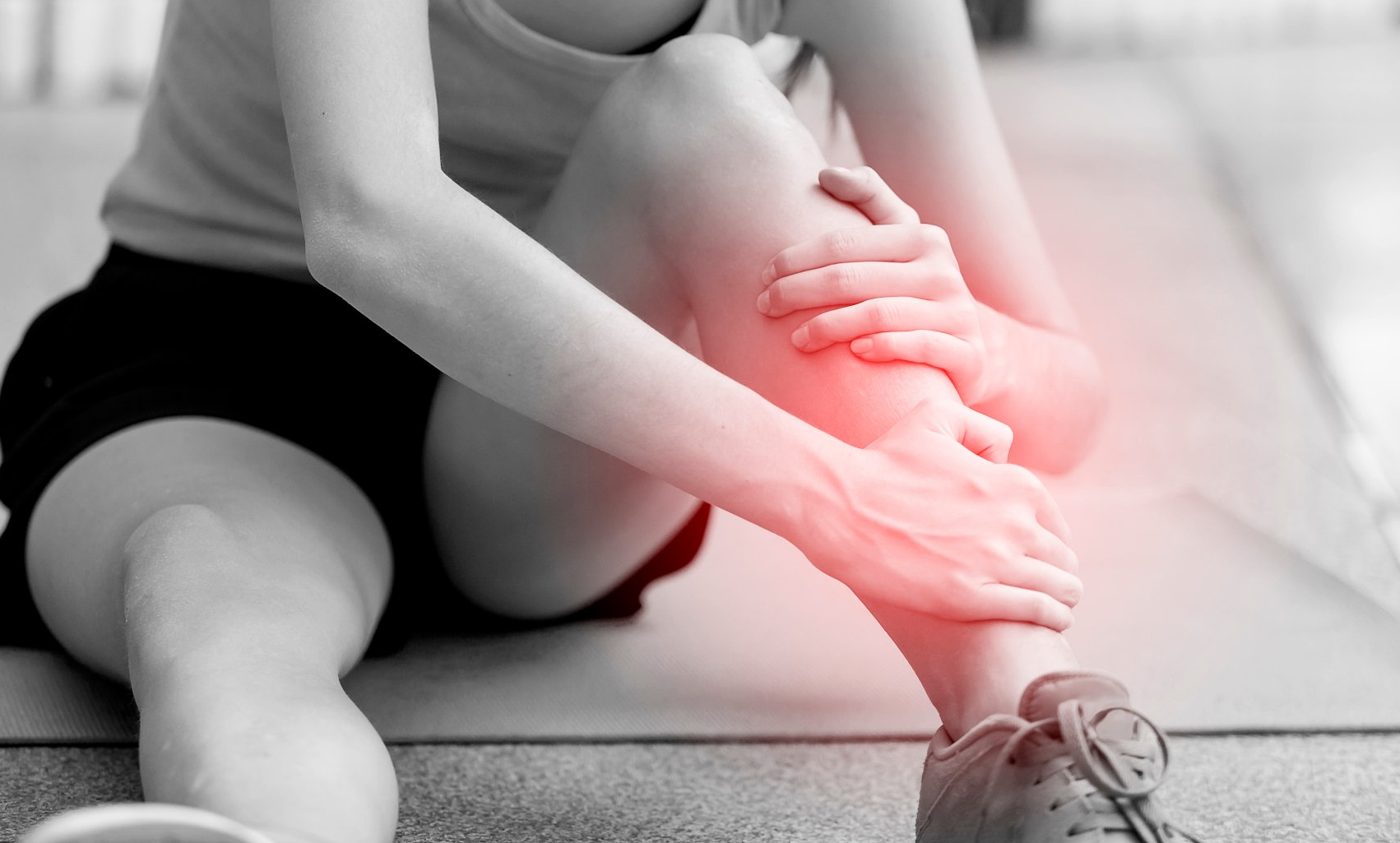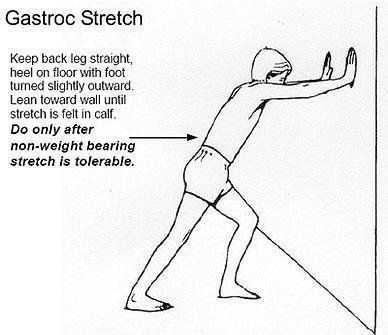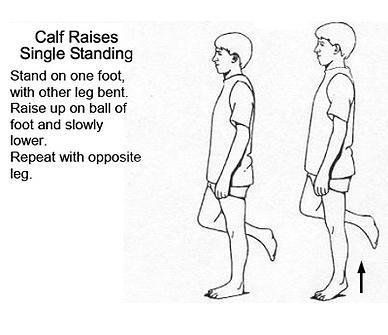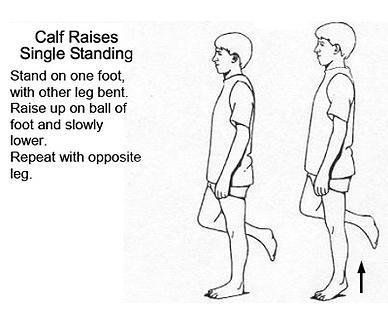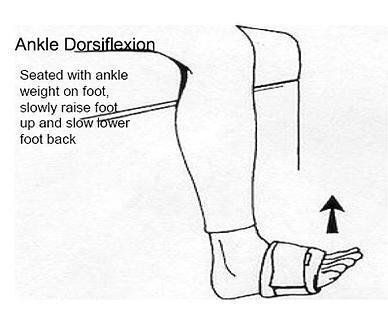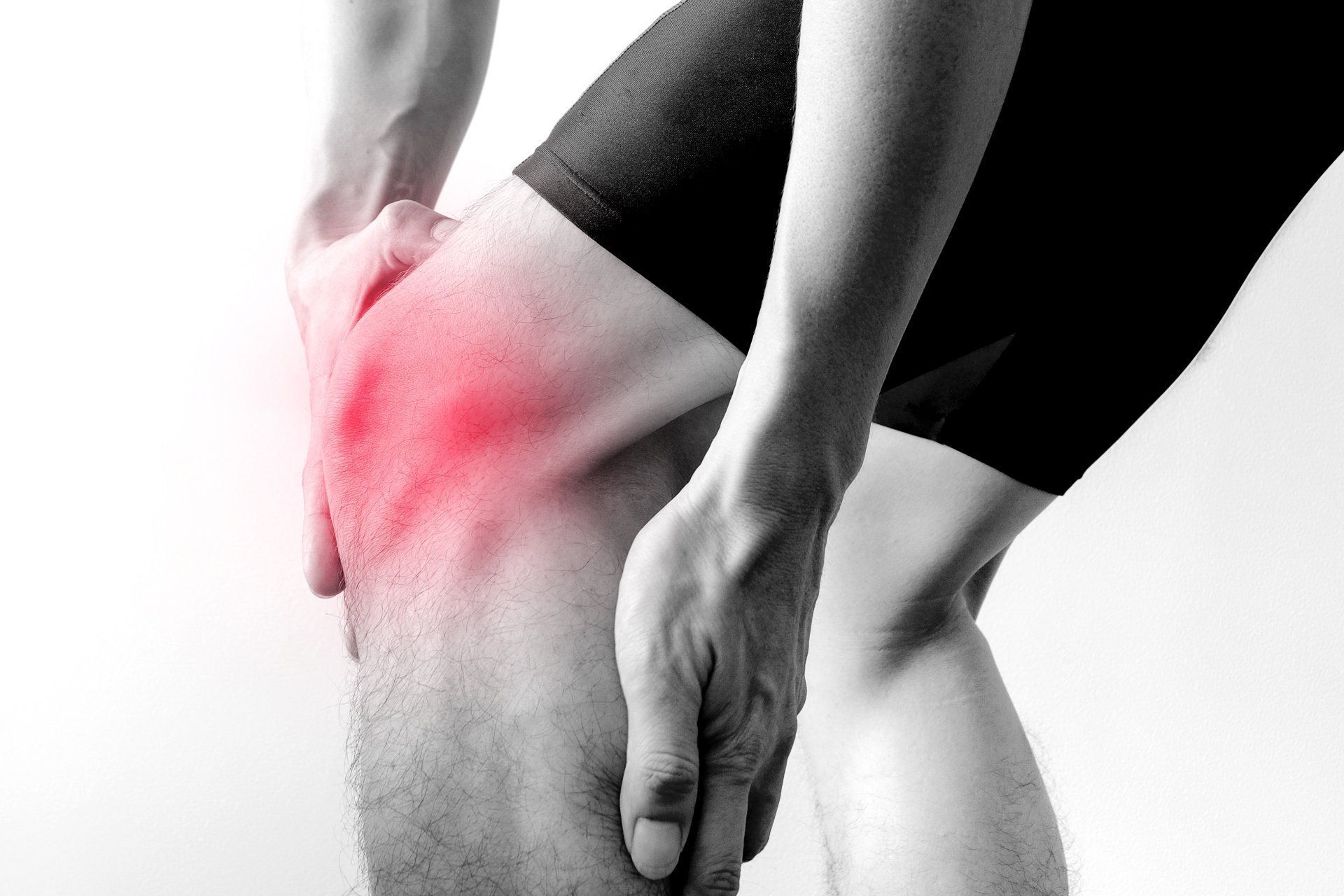Shin Splints
Shin Splints are generally a result of overuse and are a common, umbrella term used to identify pain along the shin, or front of the lower leg. Finding a pair of shoes with additional support designed to provide stability for those who over pronate as they walk or run can help prevent or reduce this injury.
Symptoms
- Aching along front of shin, at beginning of or after activity
- Pain along inside (medial) part of lower leg
- Generally develops gradually over weeks or months
- May have swelling in lower leg (in area of pain)
Definitions
- Shin Splints
- Common, umbrella term used to identify pain along the shin or front of lower leg
- More specific names for this condition are based on the area of the pain and the anatomy involved (see below)
- Injury generally occurs as a result of overuse
- Stress Fracture - Posterior
- Most often occurring on the tibia (shin bone) and along the bottom third of the lower leg
- Often undetectable on x-ray until 10-14 days after pain starts
- Compartment Syndrome - Anterior or Posterior
- The four divisions of muscles in the lower leg (anterior, lateral, posterior-superficial and deep) are each covered by thick tissue called fascia that surround the muscles completely
- During exercise, muscle volume increases by 20%, increasing pressure within each compartment. Such pressure can affect blood vessels and nerves in the lower leg potentially causing pain and damage to tissue and nerves.
- Tibial Periostitis - Posterior
- An inflammation of or trauma to the covering of the bone in shin (periosteum)
- Over-exertion causes small tears of the muscle from the covering of the bone (periosteum)
- Pain is most pronounced in the lower 3rd of the posterior tibia
- Medial Tibial Stress Syndrome - Posterior
- Stress to the muscles along the front medial side of the shin
- Generally occurring along the bottom third of the inside of tibia (shin)
Primary Cause
- Excessive Pronation
- Pronation is a normal movement of the foot, that allows the arch to flatten to a degree, which helps the body to absorb shock and adapt to different ground surfaces
- In analyzing ones gait, first contact is on the heel and outside of the foot; followed by a shift of bodyweight continuing forward toward the arch and toes
- If the foot is weak or tired and/or the footwear is not supportive, then the arch can flatten more than normal, which is excessive pronation
- Flattening of the arch (excessive pronation) places pressure on the arch and stretches the plantar fascia(which supports the arch) and can create inflammation at the attachment on the heel
- This repetitive, excessive pronation, is the main contributor to many lower extremity, overuse injuries, of which plantar fasciitis and heel spurs are the most common in the foot
Contributing Factors
- Muscular imblances of lower leg (claf muscles and anterior leg muscles)
- Insufficient shock absorption
- Poor biomechanics/improper foot positioning while running
- Worn out or inappropriate shoes
- Sudden increase in exercise or running (too much, too soon)
- Incorrect individual training plan
- Flat pronated feet
Treatment
- The 3 S’s – Stretching, Strengthening and Supporting, along with ICE and REST, have been found to be the simplest and most effective treatment for these injuries.
- Stretching of the calf ( both gastroc and soleus muscles) and achilles tendon
- Strengthening of the anterior leg muscles (that pull the foot and toes up)
- Supporting the foot with proper shoes and insoles, can prevent and eliminate the vast majority of lower leg problems due to overuse. This may be a Birkenstock sandal, with a broad base and contoured footbed, that is low to the ground and conforms to the foot. It may also be a shoe with an upper that wraps the foot and supports the arch and heel, thus limiting excessive pronation. The vast majority of footwear have more than enough cushion but very little support for the arch and heel. One of the easiest and most effective solutions is to add a simple over the counter insole that provides a forgiving support for both the arch and heel
- Physical therapy including massage, ultrasound and exercises
The following are a few helpful exercises. Check with your doctor for specifics on your condition and what you should or should not do for your problem.
